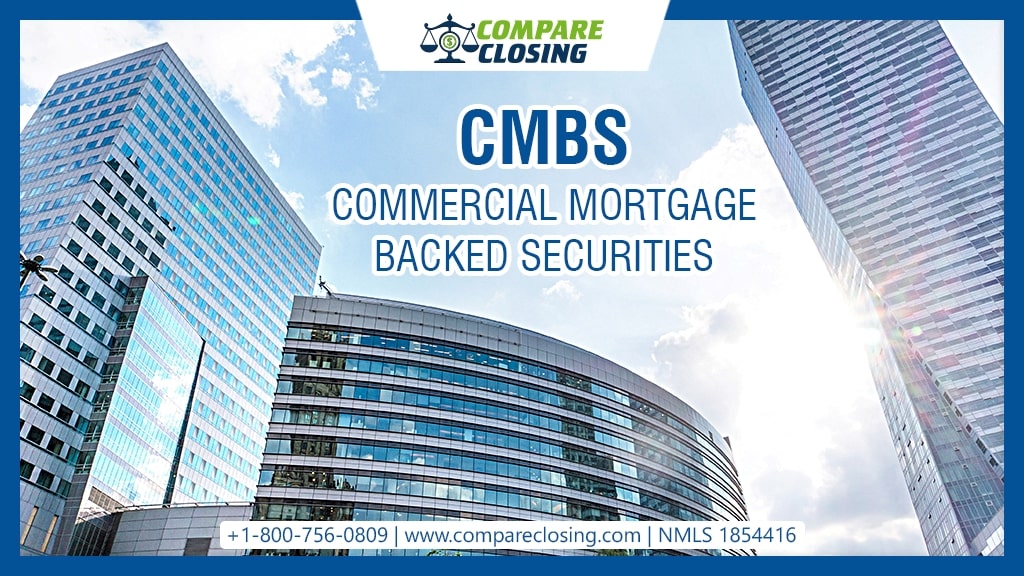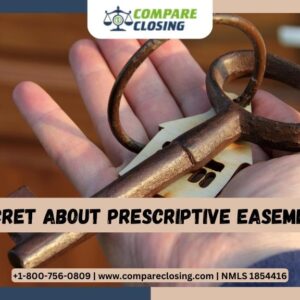Table of Contents
- What Are Netting Escrows & How Does It Work?: The Best Guide - January 2, 2024
- The Secret About Prescriptive Easement: Top Guide 1 Must Know - December 4, 2023
- About Home Equity Loans In Texas And How Can One Obtain It - November 27, 2023
About Commercial Mortgage Backed Securities
Just like an individual might require a mortgage to buy a real estate property, a business
or a company might require a mortgage to buy a commercial real estate property.
We all know that the in residential mortgage industry, the mortgages are
bundled and sold in the secondary market as mortgage-backed securities (MBS).
Similarly, the commercial mortgage industry also has commercial mortgage-backed
securities (CMBS). In this post, we will learn what are CMBS in detail.
What Are CMBS?
Lenders create CMBS. They take a group of commercial real estate loans, put them into a package, and sell them to investors as a series of bonds. These bonds are usually divided into segments, also known as tranches.
These bonds are sorted based on their ratings and risks. The bonds that have the highest rating have the lowest risk of investment and are known as senior debt.
The bonds that have the lowest rating have the highest risk and are known as junior debt.
Senior debt is the first in the queue to receive payment of principal and interest. The junior debts are the first to be affected if the borrower defaults on the mortgage payments.
You can choose which tranche to invest in depending on the type of return you are looking for and how much risk you are willing to take.
As there are no rules to standardize CMBS structures, pricing them can be difficult. The underlying CMBS securities can include any number of commercial mortgages of varying values, property types, and values – such as commercial real estate and more than four-unit multi-family properties that generate income.
CMBS carries less prepayment risk than residential mortgage-backed securities (MBS) because the terms of commercial mortgages are usually fixed.
How Does CMBS Work?
Just like collateralized debt obligations (CDOs) and collateralized mortgage obligations (CMOs), CMBS are also sold in the form of bonds. Multiple mortgage loans that form the CMBS, act as collateral if the borrowers default on the mortgage payments.
If everything goes well, the investors receive their returns in form of principal and interest paid by the borrowers
Loans are usually held within a trust and vary widely in terms, types of assets, and amounts.
The underlying loans collateralized by CMBS include mortgages for real estate such as complexes, factories, office parks, hotels, office buildings, apartment buildings, and shopping centers. These mortgages are often held within the same trust.
A mortgage is generally considered non-recourse debt any consumer or commercial debt that is secured only by collateral.
This means, that if the borrower defaults on the payments, the lender cannot take any of the borrower’s assets outside of the collateral.
As CMBS are complex investment vehicles, they require a wide variety of market participants.
These participants may include a credit rating agency, the trustees, investors, the certificate servicer, the lead servicer, the primary servicer, and the special servicer. Each of these participants fulfills specific responsibilities to ensure the proper functioning of CMBS.
Pros Of CMBS:
Term Loans Are Fixed: CMBS-backed loans are often fixed. The borrower cannot repay them early without pre-payment penalties. Because of this, CMBS offers a much lower prepayment risk than residential MBS.
Prudent Underwriting Guidelines: CMBS wrote after the 2008 financial crisis tends to be larger. They have more prudent underwriting guidelines than residential MBS.
Better Returns: CMBS in the bond market typically have higher yields compared to federal or corporate bonds. This means that as an investor you get an opportunity to make higher profits.
Cons Of CMBS:
High Default Risk: Just Like corporate bonds, CMBS are subject to default risk. If borrowers default on monthly mortgage payments, CMBS investors may suffer losses.
Default risk can vary, and is usually based on the strength of the market in the location and the date when the mortgage was originated.
Real Estate Market Reaction: CMBS issued during peak market periods or when underwriting guidelines are lenient tend to carry higher risk.
CMBS can also be adversely affected by weakness in the real estate market. This is what happened in 2008 and 2009 when the CMBS loans dried up during the financial crisis of 2008. They gradually recovered as real estate market conditions were getting better.
The rating depends on the bank: The rating a CMBS receives depends on the honesty and integrity of the lender that originated the loan in the first place.
Investors do not know what they are buying if the CMBS are incorrectly represented or rated. As a result, this could cause the same ripple that ended in the 2008 sub-prime mortgage crisis.
Conclusion
Key things to consider before investing in commercial mortgage-backed securities are that these are backed by commercial real estate and not residential real estate.
There is a lower risk of pre-payment as CMBS has fixed loan terms. Also as an investor make sure that you assess the risk before you invest in the different tranches based on your evaluation of risk versus the returns.
Amanda Byford
Amanda Byford has bought and sold many houses in the past fifteen years and is actively managing an income property portfolio consisting of multi-family properties. During the buying and selling of these properties, she has gone through several different mortgage loan transactions. This experience and knowledge have helped her develop an avenue to guide consumers to their best available option by comparing lenders through the Compare Closing business.





